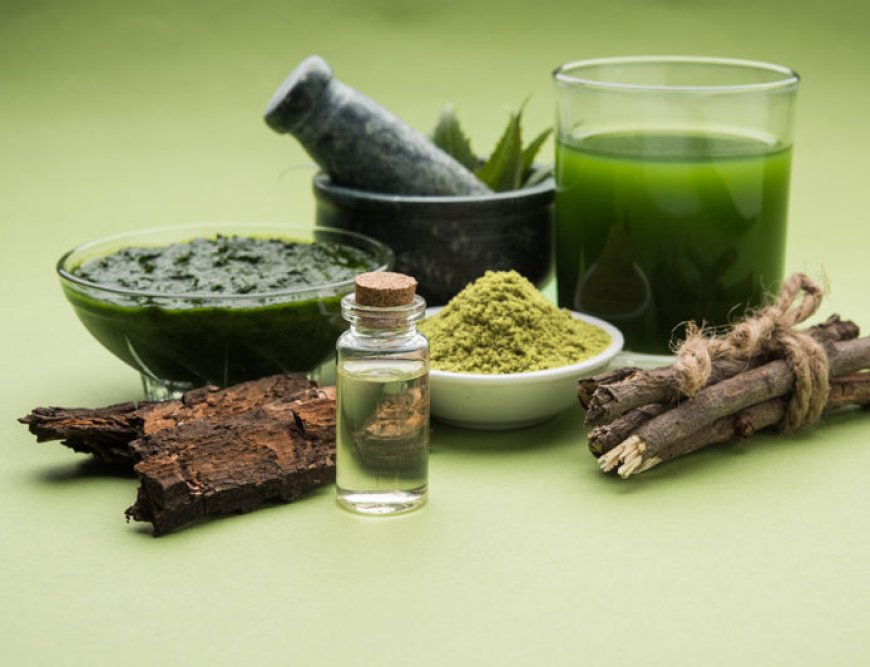A Guide to Product Registration and Licensing for Ayurvedic and Ayurvedicceutical Companies
Explore the essential steps for product registration and licensing in the Ayurvedic and Ayurvedicceutical industry to ensure compliance with regulatory requirements.

Navigating the regulatory landscape is a crucial aspect of operating a successful Ayurvedic or Ayurvedicceutical company. Ensuring that your products are registered and licensed is essential for meeting industry standards and gaining consumer trust. This article provides a guide to the key steps for product registration and licensing in the Ayurvedic and Ayurvedicceutical industry.
Understand the Regulatory Framework
The first step to obtaining product registration and licensing is understanding the regulatory framework that governs the Ayurvedic and Ayurvedicceutical industry in your country. Familiarize yourself with the relevant regulations, guidelines, and authorities responsible for overseeing product registration and licensing. In India, for example, the Ayurvedic industry is regulated by the Ministry of AYUSH, while the Ayurvedicceutical industry is regulated by the Central Drugs Standard Control Organization (CDSCO).
Classify Your Product
Different categories of products may have distinct registration and licensing requirements. Classify your product according to the regulatory framework in your country to determine the specific requirements that apply to your product. Common classifications in the Ayurvedic and Ayurvedicceutical industry include drugs, cosmetics, food supplements, and medical devices.
Compile the Required Documentation
Gather all necessary documents and information required for product registration and licensing. This may include:
Product formulation details
Manufacturing process
Quality control procedures
Safety and efficacy data
Stability studies
Labeling and packaging information
Clinical trial data (if applicable)
Ensure that the documentation is accurate, up-to-date, and in compliance with the regulatory requirements in your country.
Apply for Product Registration and Licensing
Once you have compiled the required documentation, submit your application to the relevant regulatory authority for product registration and licensing. This process may involve completing a series of forms and providing supporting documents. Be prepared to pay any applicable fees associated with the registration and licensing process.
Address Queries and Concerns
The regulatory authority may request additional information or clarification during the review process. Respond promptly and comprehensively to any queries or concerns raised by the authorities to expedite the review process and increase the likelihood of obtaining product registration and licensing.
Obtain Registration and Licensing
Upon successful review of your application, the regulatory authority will issue the necessary registration and licensing for your product. This may include a product license, manufacturing license, or import/export license, depending on your product and business activities.
Maintain Compliance
After obtaining product registration and licensing, it is essential to maintain compliance with the regulatory requirements. This includes:
Regularly updating product information and documentation
Complying with post-marketing surveillance requirements
Reporting adverse events and product recalls
Ensuring adherence to Good Manufacturing Practices (GMP)
Failure to maintain compliance can result in penalties, product recalls, or revocation of registration and licensing.
Understanding and adhering to the regulatory requirements for product registration and licensing is crucial for Ayurvedic and Ayurvedicceutical companies. By following the steps outlined above, companies can ensure their products meet industry standards, build consumer trust, and contribute to the growth of the Ayurvedic and Ayurvedicceutical market.

 vasundhara
vasundhara 





